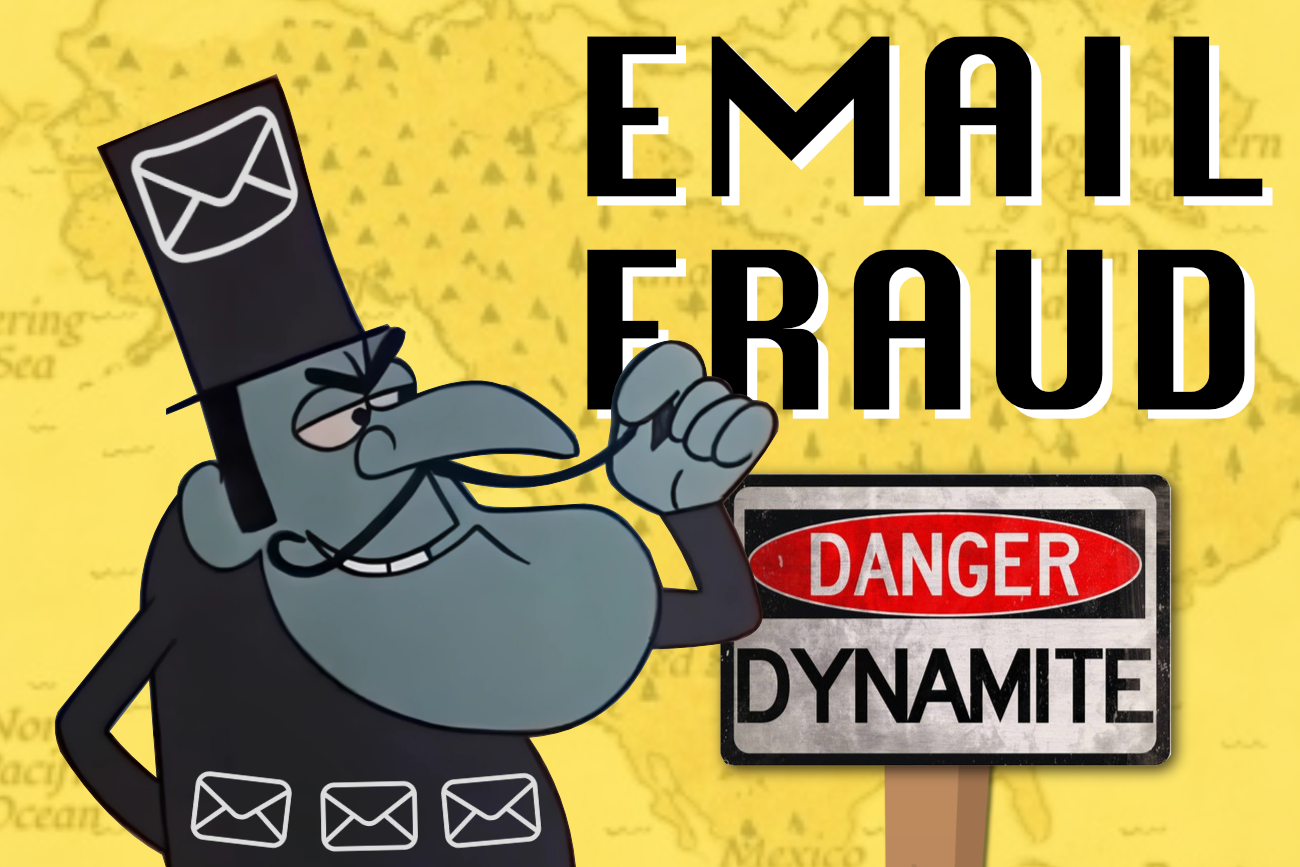Who doesn’t love the smell of fresh new IP addresses? Well, anyone charged with warming IP addresses for...
Using ListFit data to Identify Fraudulent Emails
Email fraud is an often misunderstood problem that hamstrings the email industry. Email fraud occurs when someone creates a fake or temporary email address. The most common form of email fraud is e-commerce-related when a person signs up for an email program in exchange for an offer. Any time you incentivize the collection of a piece of information, people will game the system for that incentive.
More Detailed Information on E-commerce Fraud
A super common tactic on a brand’s part is to offer some huge discount in exchange for newsletter signup.
SAVE 40% TODAY WHEN YOU SIGN UP FOR OUR NEWSLETTER
– Nice, kind, email marketer
What is the Outcome?
People sign up for the email offers. The person who signed up for the offer is stoked because they just saved a bunch of money. The email marketer is excited because they just grew their list by one person. Leadership is happy because the LTV of that new subscriber is now available for data models!
All is well, Right?
On the surface, sure, but when you dig a little you are introducing a problem into your email program that will haunt you for some time and drive up the cost of operating. Some people provide their real email addresses, but many people provide fake or temporary email addresses so that they don’t have to receive your offers in exchange for the discount. Apple even launched a temporary email address service as part of its Mobile Privacy Protection (MPP) program to assist.
What Happens to that Email?
The email that was provided gets added to the active file and is emailed. That is the problem.
The Brand’s Perspective
A major push from the email industry is to email more and more frequently. People have opted into your email program so email them as much as you can because if each email on average produces $100 dollars, 100 emails will produce $10,000, right? Unfortunately, no. But that is the driving thought process.
But this is a Throwaway Email!!!!
That is the problem. This email address is not a real person. and in some cases, it may not even be a real email address. If it is a real email address, it is very likely a temporary or throwaway email address used to get the incentive.
These Email Addresses hurt your Deliverability
How? When you continue to email a throwaway address, if it is real, the inbox fills up. The mailbox providers are watching these interactions and penalizing you for the lack of engagement. if it isn’t real, you are hard bouncing on every send.
One is Ok
One temporary email address in your program won’t show up. If your program is popular, you are adding a lot of really bad emails, which left unchecked can shut your program down.
And you Gave Away 40% of the Order Total
So let’s be clear, you lost money, in this example, 40% and you added a landmine to your program that could destroy it.
How do you Prevent Email Fraud?
Thats the weird thing, that part isn’t difficult.
Email Verification Services – AudiencePoint has one of these, you run your email at signup through this service to identify which emails are real. Depending on the service, they do a decent job of identifying problematic email addresses.
- Real engagement signals
- Emails that are bouncing in our data pool
- Role-based accounts
- MX records
Secondly, if your program is already in trouble or you have been aggressive in your offer, then a service like ListFit is super helpful as your get-out-of-jail-free card.
ListFit provides:
- Bounce Stream – Identifying which email addresses are bouncing before they hit your program
- First Seen – This is the first time any brand from our network of brands has seen this email. Generally, the older the email address is, the safer it is to send to.
- Last Seen – This is the last time any brand from our network of brands has seen this email. When you have an email address with recent activity AND historic activity, the risk is reducing of sending to this email address. You can identify which email addresses that are not engaging with you, and not with anyone.
- Frequency – The trifecta of email fraud, an email that is 5 years old, where we see activity in the last 3 weeks and has engaged frequently is a safe email address.
Fraud Detection
AudiencePoint’s cutting-edge fraud protection capabilities are specifically designed to address the complexities of modern email fraud. By harnessing the power of our proprietary data analytics and engagement scoring, we provide a robust solution that not only detects but also prevents fraudulent activities before they impact your brand and your subscribers.
- Proactive Prevention: Stop fraud before it starts with continuous data-driven analysis.
- Unmatched Data: Tap a vast data pool for the most accurate and up-to-date fraud indicators.
- Compliance and Privacy at the Core: AudiencePoint’s commitment to GDPR and CPRA compliance not only respects your subscribers’ privacy but also reinforces your brand’s reputation as a trusted communicator.
Conclusion
Email fraud is real and actively hurting email programs. The more aggressive you get in your email acquisition efforts, the more important it is to tool up to prevent the worst from happening.



